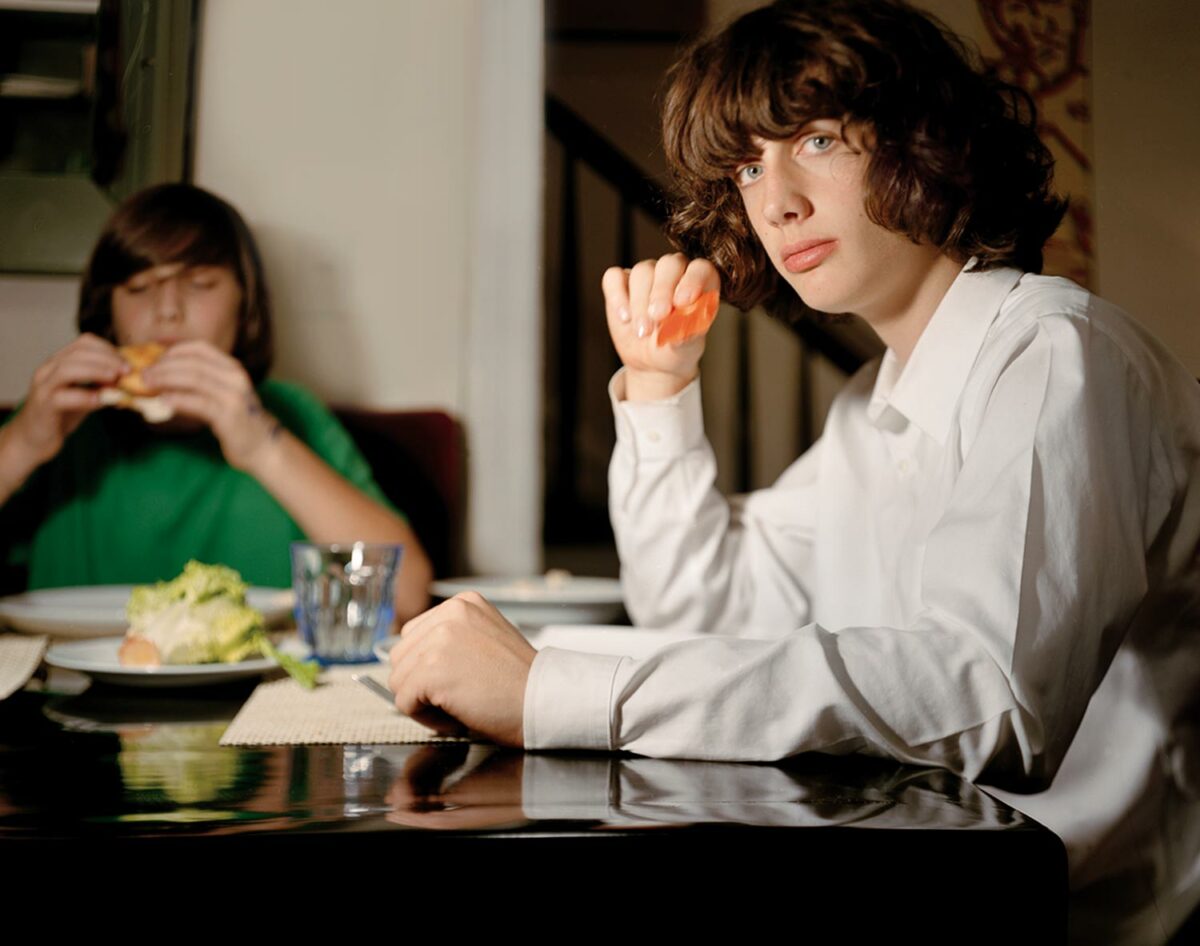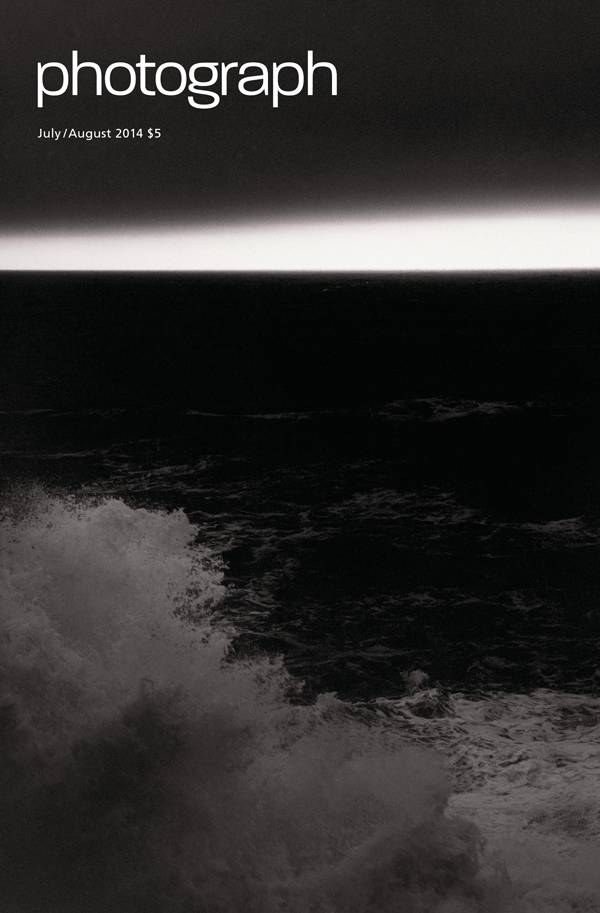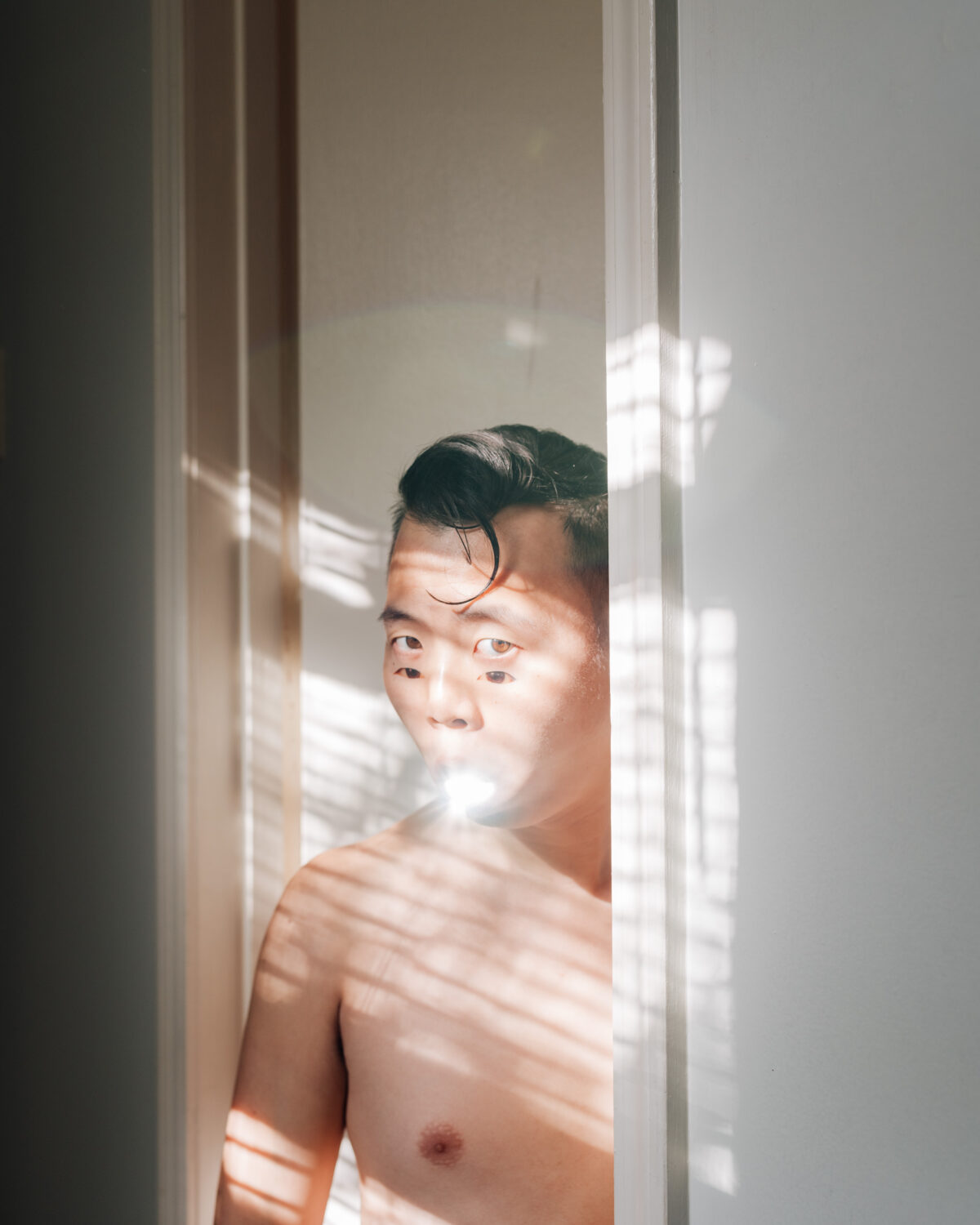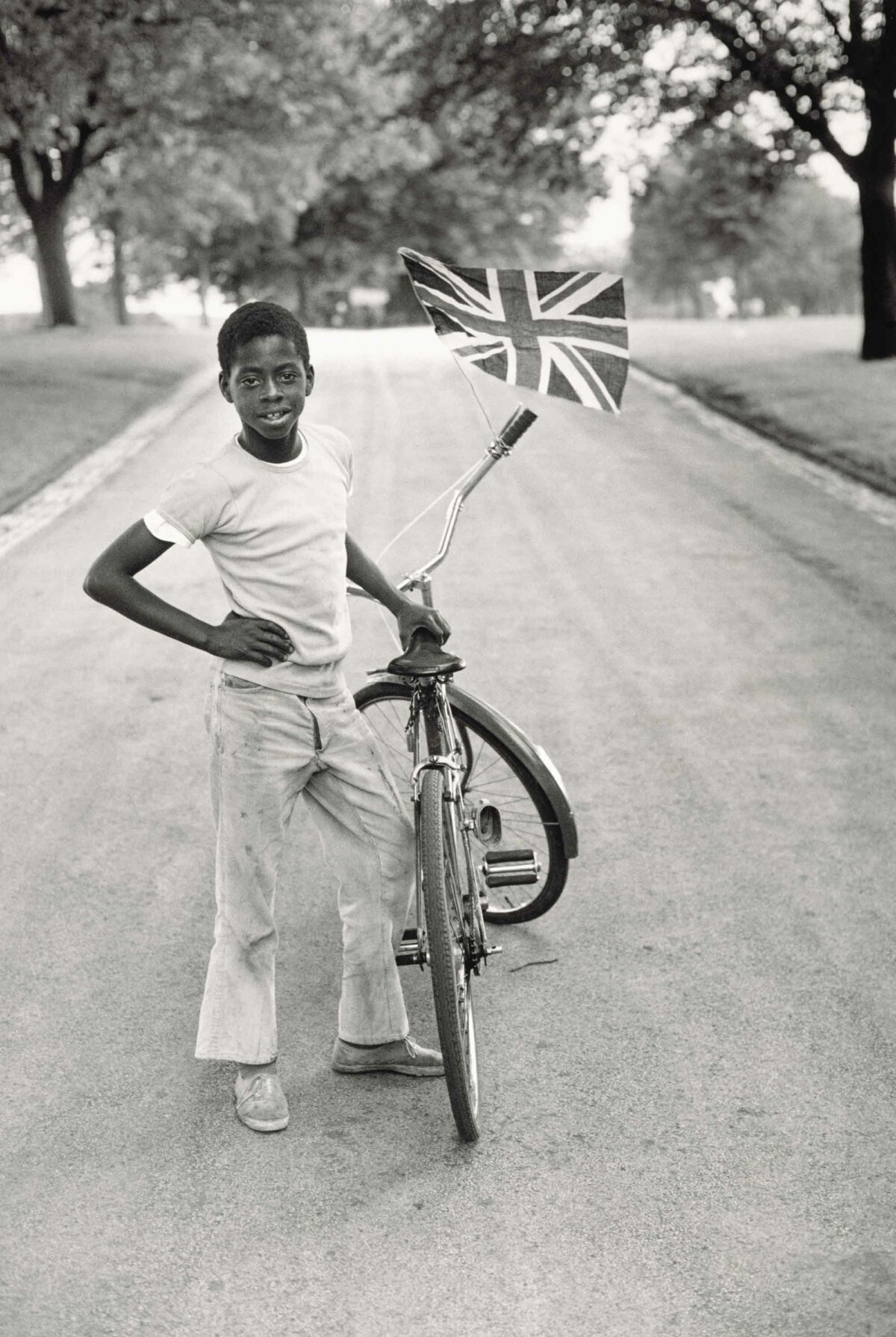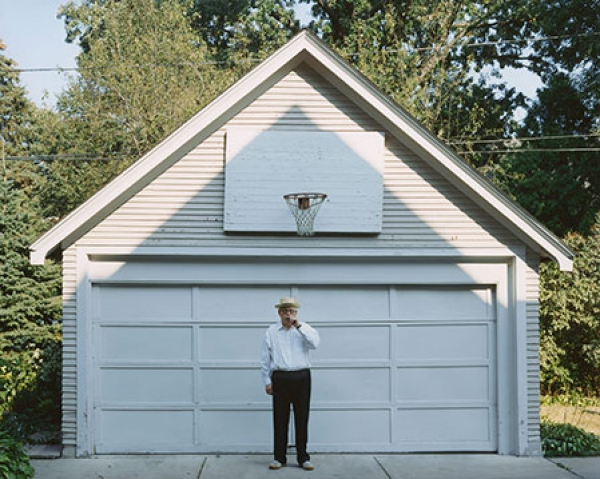

Alec Soth, Martin Weinstein, Minneapolis, 2003
You can take the boy out of Brooklyn, but you can’t take Brooklyn out of the boy, so says dealer Martin Weinstein. An affable, bespectacled straight-talker, Weinstein may have lived in Minneapolis for 41 years and run what many consider one of the best galleries in the Midwest for 16 of them, but his New York roots run deep.
“I remember sitting next to a fancy museum director at a dinner,” says Weinstein, “He turned to me and asked, ‘What’s the finest thing you’ve ever collected?’ I immediately said, ‘My 1955 Brooklyn Dodgers autographed baseball, the year they won their first world championship.’ He looked at me like I came from the moon. I’ve never been a fancy-art kind of guy. I just call ‘em as I see ‘em.”
Though he came from humble means, Weinstein asserts that growing up in Flatbush he never wanted for anything. “We liked to think we were ‘upper lower class.’” There wasn’t much of the fine arts in his boyhood at Erasmus Hall High—unless you consider baseball an art. Before Weinstein was 16 he had faked his own birth certificate so that he could work as a vendor at Ebbets Field. Putting himself though NYU, he got a teaching degree and spent his first five years after college at Boys High in Bedford-Stuyvesant running a program for underprivileged kids and teaching social studies. He loved the teaching profession, but newly married and hoping to raise a family, he switched careers and went to Brooklyn Law School. Upon graduation he moved (with wife, Lora) to Minneapolis where they raised their two children. He was a trial lawyer in a major Minneapolis firm for 25 years and often traveled for his job.
“I remember being on the West Coast, and instead of going out for the usual client dinners, I started going to some of the art galleries,” says Weinstein. “When you become a serious collector it’s like an addiction. It was the ‘70s and I started with humanist work, images of children, the urban landscape and architecture, later pictorialism. By the 1980s I thought, I would love to have a gallery so that I could have exhibitions.”
Weinstein waited until his two children were grown to do just that. His long friendship with the late Ted Hartwell, founder of the photography department at the Minneapolis Institute of Arts, was a big inspiration. Weinstein’s own collecting affinities were another. Since 1996 Weinstein Gallery has put on scholarly, carefully chosen historical shows like The Pyramids: 150 Years of Photographic Fascination, which traces that subject from salt prints of the 1840s to color prints by contemporary artists; and it regularly mounts in-depth solo turns: Lynn Davis, Alec Soth, Robert Mapplethorpe, Robert Polidori, and August Sander.
“We’re a small gallery with a big program,” says Weinstein. “Once we take on an artist we feel very strongly our commitment is to not only exhibit them, but to get the work out there to museums, other galleries, to produce publications. We’ve done more than 140 shows and 45 art fairs. We’ve worked hard to raise consciousness about photography as fine art over the years, and I’d say it’s working. Whenever I sit on the board of a museum now, they always call me ‘that photo guy.’”



